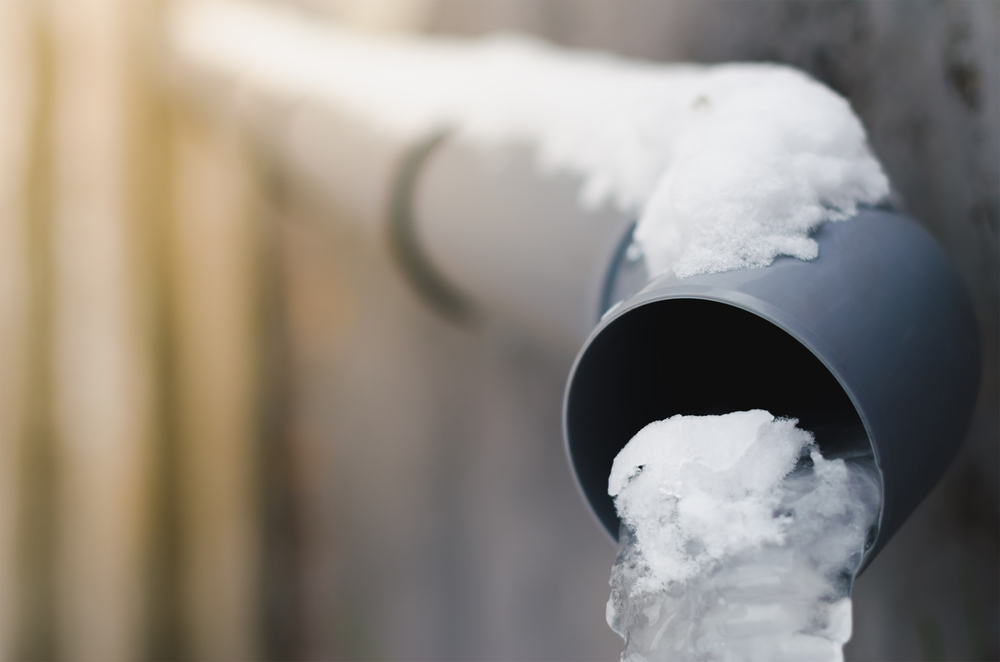Critical Methods for Preventing Frozen Plumbing in Cold Weather
Critical Methods for Preventing Frozen Plumbing in Cold Weather
Blog Article
Are you trying to locate guidance on Preventing and dealing with frozen pipes?

Winter can damage your plumbing, specifically by freezing pipelines. Here's just how to avoid it from happening and what to do if it does.
Intro
As temperature levels decrease, the danger of frozen pipes boosts, possibly leading to costly repair work and water damage. Comprehending just how to stop frozen pipelines is crucial for property owners in cool environments.
Prevention Tips
Shielding vulnerable pipelines
Cover pipelines in insulation sleeves or use heat tape to secure them from freezing temperature levels. Focus on pipes in unheated or outside locations of the home.
Heating strategies
Maintain indoor areas appropriately heated, specifically locations with pipes. Open closet doors to permit cozy air to distribute around pipes under sinks.
Exactly how to determine icy pipelines
Look for lowered water flow from faucets, unusual smells or noises from pipes, and visible frost on revealed pipelines.
Long-Term Solutions
Structural changes
Take into consideration rerouting pipes far from outside walls or unheated locations. Include additional insulation to attic rooms, basements, and crawl spaces.
Updating insulation
Purchase top notch insulation for pipelines, attics, and wall surfaces. Proper insulation aids maintain regular temperatures and reduces the risk of frozen pipelines.
Protecting Outdoor Plumbing
Garden pipes and outdoor faucets
Separate and drain pipes garden hose pipes before winter season. Install frost-proof faucets or cover outdoor faucets with shielded caps.
Comprehending Frozen Pipelines
What causes pipes to ice up?
Pipelines ice up when revealed to temperature levels listed below 32 ° F (0 ° C) for expanded periods. As water inside the pipelines freezes, it increases, putting pressure on the pipe wall surfaces and possibly triggering them to break.
Dangers and problems
Icy pipelines can cause water system disruptions, residential property damage, and costly repairs. Ruptured pipelines can flood homes and cause extensive architectural damages.
Signs of Frozen Piping
Identifying icy pipes early can prevent them from breaking.
What to Do If Your Pipelines Freeze
Immediate activities to take
If you presume icy pipelines, maintain faucets open up to soothe stress as the ice thaws. Make use of a hairdryer or towels soaked in hot water to thaw pipes gradually.
Conclusion
Stopping frozen pipes needs aggressive measures and quick responses. By comprehending the causes, indications, and safety nets, house owners can protect their plumbing throughout cold weather.
6 Proven Ways to Prevent Frozen Pipes and Protect Your Home
Disconnect and Drain Garden Hoses
Before winter arrives, start by disconnecting your garden hoses and draining any remaining water. Close the shut-off valves that supply outdoor hose bibs and leave the outdoor faucet open to allow any residual water to drain. For extra protection, consider using faucet covers throughout the colder months. It’s also important to drain water from any sprinkler supply lines following the manufacturer’s directions.
Insulate Exposed Pipes
Insulating your pipes is an effective way to prevent freezing. Pipe insulation is readily available at home improvement stores and is relatively inexpensive. Pay close attention to pipes in unheated areas such as the attic, basement, crawl spaces, or garage. Apply foam insulation generously to create a buffer against the cold. You can also wrap your pipes in heat tape or thermostat-controlled heat cables for added warmth.
Seal Air Leaks
Inspect your home for any cracks or openings that could let in cold air. Seal any holes around the piping in interior or exterior walls, as well as the sill plates where your home rests on its foundation. Additionally, make sure to keep your garage door closed unless you’re entering or exiting. Leaving it open creates a significant air leak that can lead to frozen pipes.
Allow Warm Air Circulation
During cold snaps, it’s essential to allow warm air to circulate evenly throughout your home. Leave interior doors ajar to promote better airflow. Open kitchen and bathroom cabinets to help distribute heat consistently around the rooms. If you have small children or pets, be sure to remove any household chemicals or potentially harmful cleaners from open cabinets for safety.
Let Faucets Drip
A small trickle of water can make a big difference in preventing ice formation inside your pipes. When temperatures drop significantly, start a drip of water from all faucets served by exposed pipes. This continuous flow helps prevent the water from freezing. Additionally, running a few faucets slightly can relieve pressure inside the pipes, reducing the chances of a rupture if the water inside does freeze.
https://choateshvac.com/6-proven-ways-to-prevent-frozen-pipes-and-protect-your-home/

I ran across that piece of writing on How to Prevent Your Pipes From Freezing when doing a lookup on the web. Sharing is nice. Helping others is fun. We enjoy your readership.
Contact Us Report this page